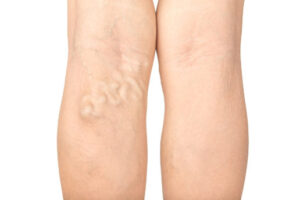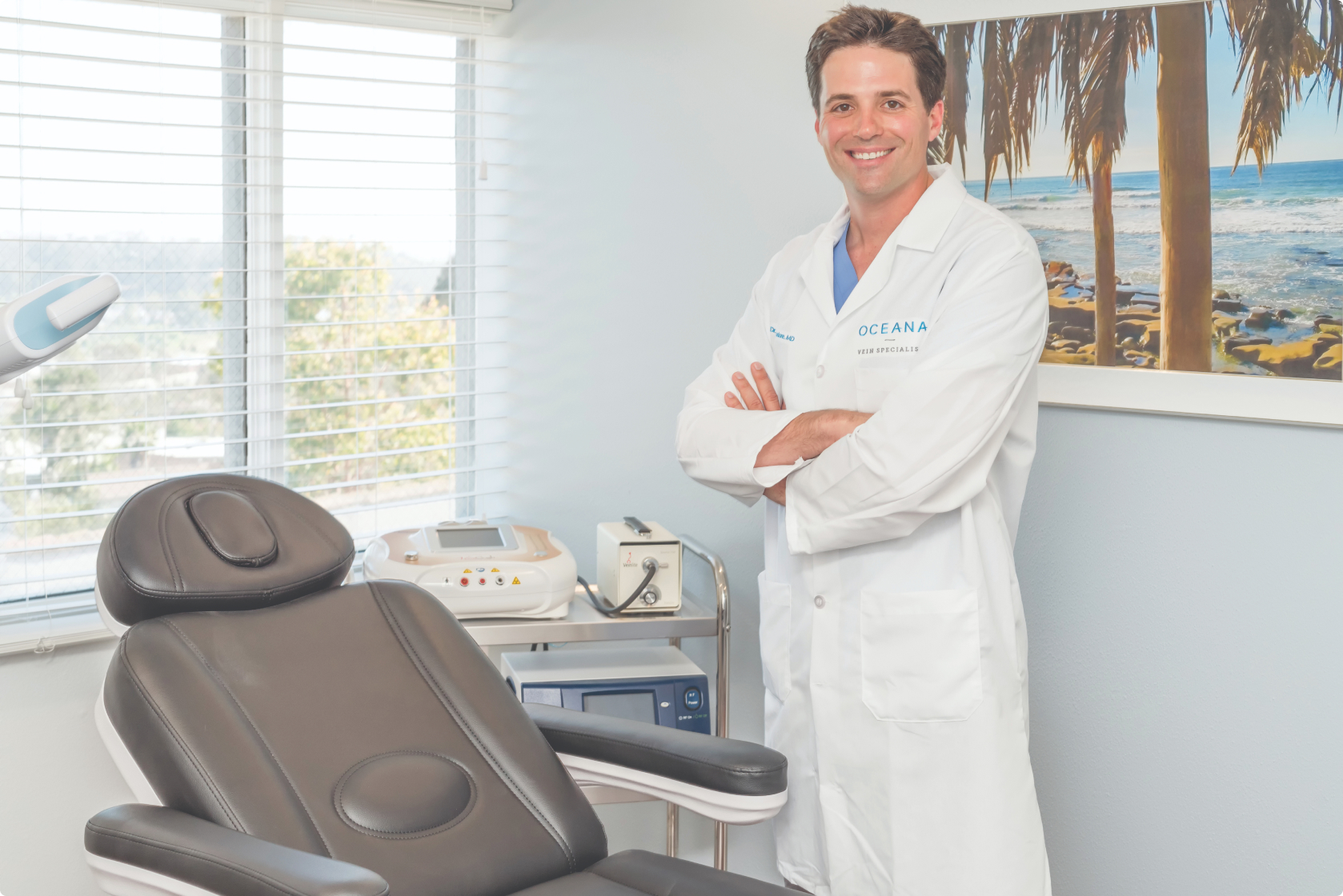Understanding Varicose Veins: How They Form in Your Legs

Medically Reviewed by Dr. Adam Isadore, MD.
Vascular and Interventional Radiologist, Oceana Vein Specialists.
Understanding Varicose Veins: How They Form in Your Legs
Introduction
Welcome to Oceana Vein Specialists, your trusted partner in varicose vein and spider vein treatment located at 2125 S El Camino Real #210, Oceanside, CA 92054. Dr. Adam Isadore is a fellowship-trained Vascular and Interventional Radiologist and an expert in leg vein diagnosis and treatment. If you’re experiencing symptoms such as leg pain or visible veins, it’s important to seek help. To schedule a consultation, call us at 760-231-1165. For more information about our services, visit our treatments page.
What Are Varicose Veins?
Varicose veins are a common vascular condition characterized by the enlargement and twisting of veins, typically in the legs and feet. They are often visible beneath the skin’s surface, presenting as blue or purple, bulging lines. The formation of varicose veins can be attributed to the improper functioning of vein valves and the subsequent pooling of blood within the affected veins.
The veins in your legs are part of your circulatory system, which plays a crucial role in circulating blood throughout your body. In this system, arteries carry oxygen-rich blood away from your heart to various body tissues, while veins return oxygen-depleted blood back to your heart. Veins in your legs, especially the superficial ones, have the added challenge of working against gravity to return blood upward to your heart.
The Anatomy of Healthy Veins
To comprehend how varicose veins form, it’s essential to understand the anatomy of healthy veins. Healthy veins have specific characteristics and mechanisms that enable them to function optimally:
- Vein Walls: The walls of veins are made up of several layers, including smooth muscle tissue and connective tissue. These layers provide structural support and elasticity to the veins.
- Vein Valves: One of the key features of veins is their one-way valves. These valves are strategically placed throughout the veins, especially in the legs. They open to allow blood to flow upward toward the heart and close to prevent backward flow, effectively maintaining the blood flow in the right direction.
- Muscle Contraction: When you walk or engage in physical activity, the muscles in your legs contract and exert pressure on the veins, assisting in the upward movement of blood. This is called the calf muscle pump mechanism and is one of the main forces that drive blood against gravity to the heart.
For more information about our services, visit our treatments page.
How Varicose Veins Form
Varicose veins form when the delicate balance of the circulatory system is disrupted, often due to various contributing factors:
- Genetics: Genetic predisposition can play a significant role in the development of varicose veins. If you have a family history of this condition, you may inherit a genetic tendency to have weaker vein walls or faulty valves.
- Age: As we age, our veins naturally lose some of their elasticity and flexibility. This age-related change can make veins more susceptible to stretching and varicosity.
- Hormonal Changes: Hormonal fluctuations, such as those occurring during pregnancy, menopause, or when taking birth control pills, can weaken vein walls. The hormonal changes can lead to vein valve dysfunction, contributing to the development of varicose veins.
- Prolonged Standing or Sitting: Occupations or activities that require prolonged periods of sitting or standing can hinder proper blood circulation in the legs. This prolonged stagnation of blood increases the risk of varicose vein formation.
- Obesity: Excess body weight places additional pressure on the veins in the legs, especially those near the surface. This excess pressure can weaken vein walls and contribute to the development of varicose veins.
- Pregnancy: Pregnancy can lead to increased blood volume, which puts additional strain on the veins. Hormonal changes during pregnancy can also affect vein health and contribute to varicose veins.
- Injury or Trauma: Previous injuries to the legs, particularly those that affect veins or vein valves, can lead to the development of varicose veins over time.
Understanding these factors and their role in the formation of varicose veins is crucial for individuals who may be at risk. While some risk factors cannot be changed, lifestyle modifications and professional medical interventions can help prevent and manage varicose veins effectively.
If you have concerns about varicose veins, consult with Dr. Adam Isadore and Oceana Vein Specialists in Oceanside, California, for personalized guidance and treatment options. For more information about the symptoms of varicose veins, check our symptoms page, and learn about varicose vein treatments and education.
If you’re experiencing symptoms related to varicose veins, don’t hesitate to reach out. Contact Oceana Vein Specialists at 760-231-1165 or visit our website to learn more about our services.
Request an Appointment
Fill out the form below and we will get back to you today to schedule your appointment.


